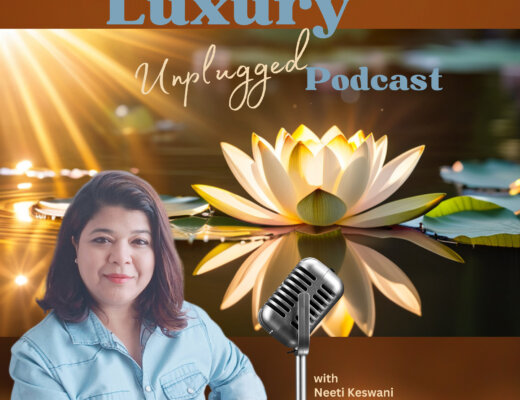Imagine standing at the edge of a quaint Austrian village nestled in the heart of the Alps. The air is crisp and invigorating, carrying the scent of pine trees and fresh snow. As you…
-
Continue Reading
-
Podcast
Hoponono spiritual practice to release pain | Meditation how to do ho’oponopono prayer for full body?
Continue ReadingHoponono spiritual practice meditation for releasing body pain how to do ho'oponopono prayer for full body? | release pain Are you someone who is facing body pains or anxieties? Today we are going to…
-
Continue Reading
Imagine sipping a whisky and feeling like you’ve just taken a bite of a creamy, fruity cake. This whisky brings that feeling to life, blending rich plum, baking spices like nutmeg and clove, milk…
-
Continue Reading
As you exit the busy main parts of Haldwani and emerge in the suburb of Kathgodam, the last railway station before the hills, you’ll drive past department stores, malls and numerous food joints. Stop…
-
Continue Reading
Bastian’s Bengaluru outpost continues the theme of bohemian decor from Bastian Mumbai—interior designer Minal Chopra who’s done all the other spaces for the group was tapped for this project as well. The high rooftop…
-
Continue Reading
“The best biryani you could have in Hyderabad is at a Hyderabadi wedding. The catch is that you have to be invited to one. It is unlike any commercial biryani you get in the…
-
Continue Reading
A major highlight of the Lucerne Festival, Switzerland’s classical music fest, is its Summer Festival which takes place in August and September. The four-week festival includes over 100 events across various venues in the…
-
Continue Reading
It’s no secret that large cruise ships have medical professionals on board at all times. In fact, Celebrity Cruises captain and content creator Kate Mccue called out for doctors and nurses looking to put…
-
Continue Reading
When Anjali and Sumit Parekh moved to Sumit’s childhood home in the quaint village of Belgaon Dhaga in 2006, it felt remote and far removed from the city with longest name of Nashik. A narrow bullock-cart track…
Common phrases by theidioms.com

